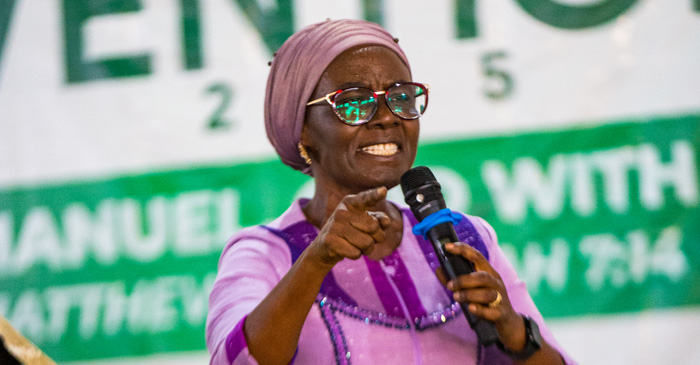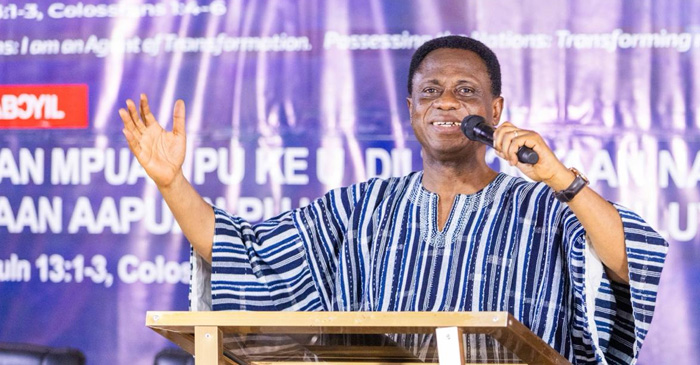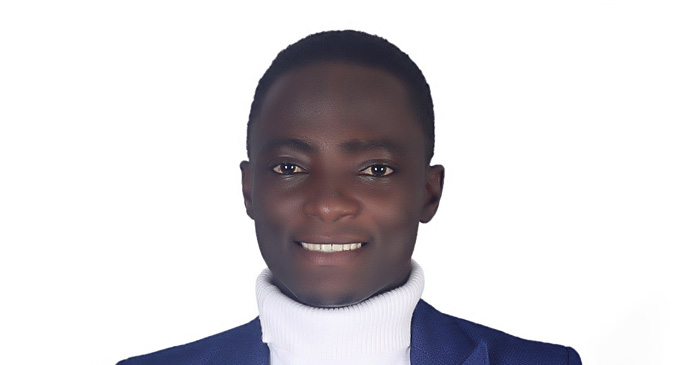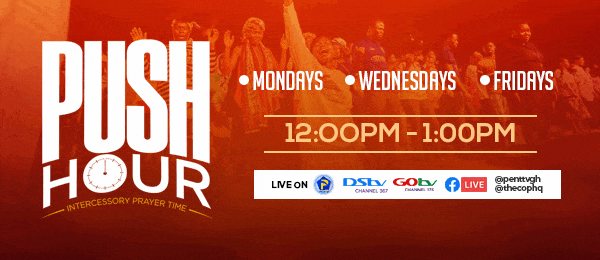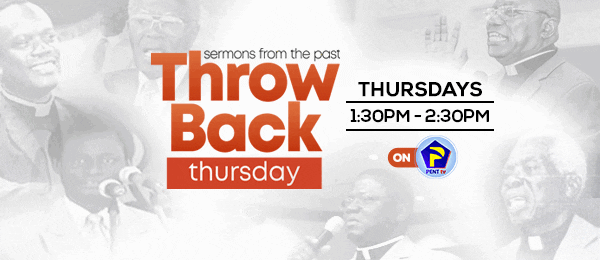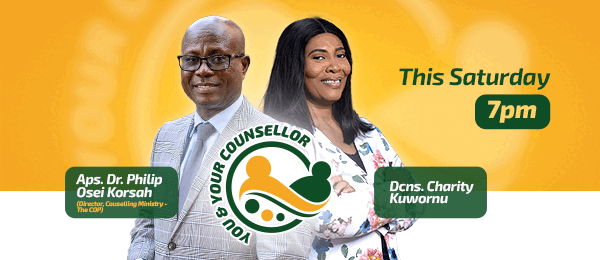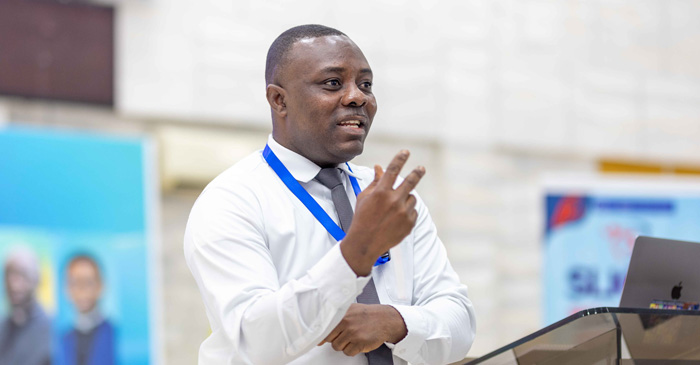
A pioneer sign language interpreter and international expert, Mr Marco Stanley Nyarko, who is also a lecturer at the Kwame Nkrumah University of Science and Technology (KNUST), has called for continuous professional development among sign language interpreters to enhance their effectiveness in communicating God’s word to Persons with Disabilities (PWDs).
He said this at the Sign Language Interpreters Conference 2025 at the Pentecost Convention Centre (PCC), Gomoa Fetteh, on Friday, October 17, 2025.
Speaking on the topic, “Sign Language Linguistics,” Mr Nyarko emphasised the need for interpreters to go beyond basic translation to become skilled mediators who bridge communication gaps between the hearing and the deaf community.
“Sign language interpreters need more training to be able to interpret God’s will and Word to PWDs,” he said. “We have to practice more to help us understand the Word.”
He explained that sign language is “a full-fledged natural language, just like spoken language.” He added: “We have English grammar and sign language grammar. Sign language is a visual language developed within the deaf community.”
Mr Nyarko described linguistics as “the foundation of sign language,” explaining that clarity in sign interpretation depends not only on hand movements but also on facial expressions.
“Signing without facial expression—no deaf person will understand you. The facial expressions make communication clearer,” he said. He encouraged interpreters to learn idiomatic expressions unique to sign language and apply morphology—the structure of signs—to make their communication more meaningful.
“As an interpreter, you have to know how to process and analyse the source language very well so that the deaf can benefit fully,” he noted. “It’s not just translation—you are acting as a mediator to bridge language gaps so the deaf can understand better.”
He further advised interpreters to develop mental agility and creativity in their work. “Think very fast to interpret complex vocabularies,” he urged. “The best practice as an interpreter is to look beyond meaning—think outside the box to interpret the source language accurately.”
He explained that interpreters must consider context, as classroom interpreting differs from church interpreting. He also stressed the importance of conveying not only the message but the emotion and intent of the speaker.
Mr Marco Nyarko concluded by reminding interpreters of their sacred responsibility: “Your duty is to communicate and bridge the communication gap. As an interpreter, you become the eyes, ears, hands, and mouth for the deaf.”
PENT NEWS




